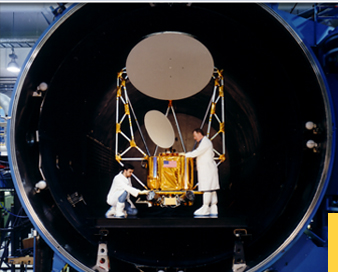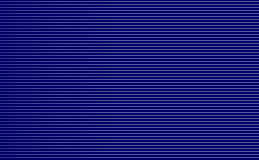NRL's SoloHI Selected for European-led Solar Orbiter Missiont
NRL’s Heliospheric Imager (SoloHI) has been chosen as part of the scientific payload for the European Space Agency’s (ESA's) Solar Orbiter mission. SoloHI will provide revolutionary measurements to pinpoint solar storms known as coronal mass ejections. ESA's Solar Orbiter mission will conduct scientific investigations ranging from near-Sun and out-of-ecliptic in-situ measurements to remote-sensing observations of the Sun and its environs.
(continued)
| STEREO Reveals the Anatomy of a Solar Storm in 3D
Observations from NASA’s twin Solar Terrestrial Relations Observatory (STEREO) spacecraft have allowed scientists to reveal for the first time the speed, trajectory, and three-dimensional shape of solar explosions known as coronal mass ejections, or CMEs. Using the NRL-led Sun Earth Connection Coronal and Heliospheric Investigation (SECCHI) aboard STEREO, solar physicists can examine a CME’s structure, velocity, mass, and direction in the corona and track it through interplanetary space.
(continued)
|


